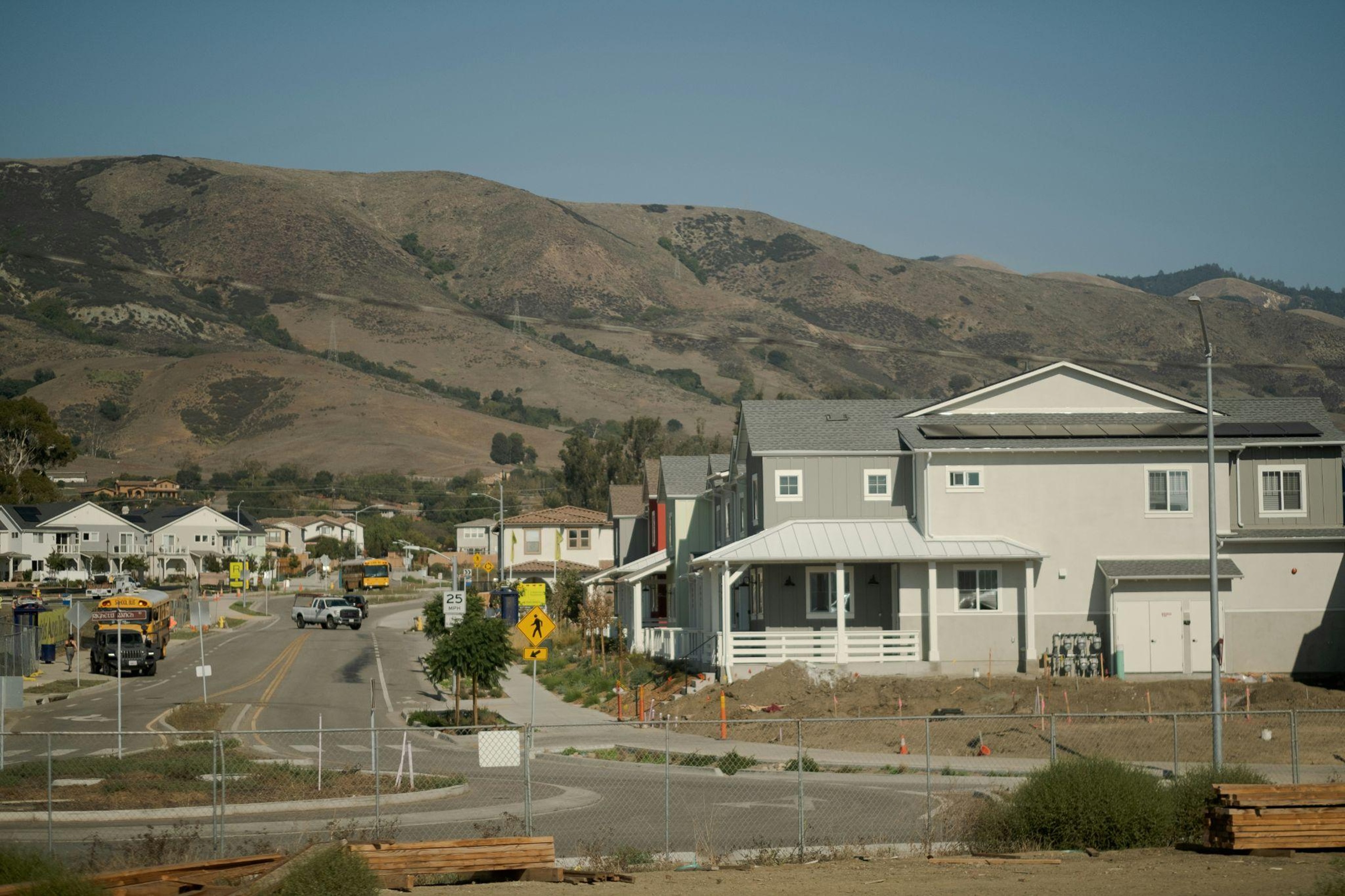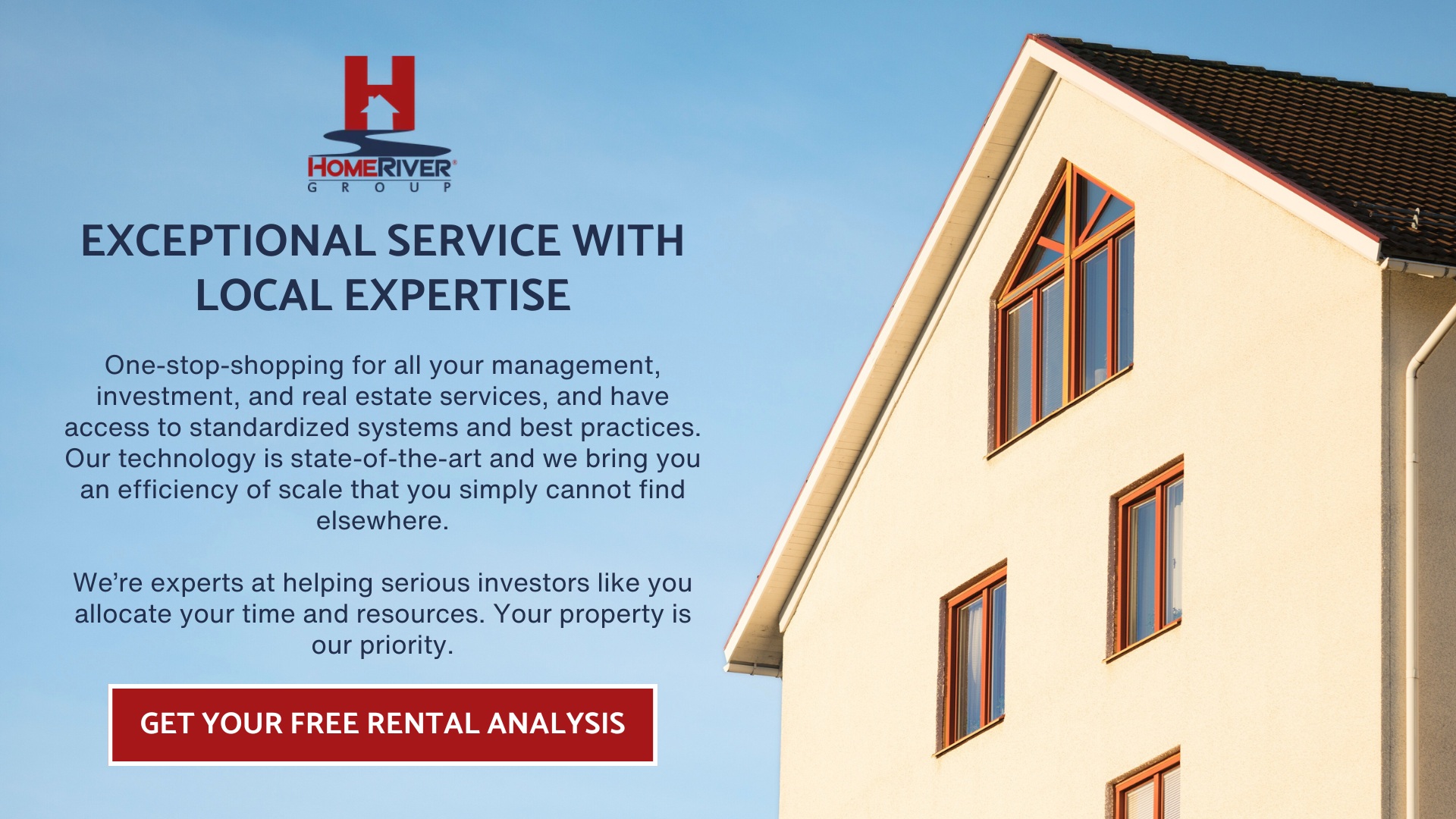
The average home price in Idaho has drawn attention from buyers nationwide, as the state balances affordability with rapid growth. From Boise’s bustling urban core to smaller towns with strong community appeal, prices vary depending on location and demand. Buyers weighing options should understand how lifestyle amenities, school districts, and market conditions shape property values. With steady migration trends and limited inventory, Idaho’s housing market offers opportunities worth exploring for families and investors alike.
At HomeRiver Group, we stand out by combining national scale with local expertise. Our teams manage properties across more than 20 states, giving owners the advantage of advanced systems backed by market-specific knowledge. From tenant placement to compliance and financial reporting, we streamline operations to protect investments and boost returns. Residents trust our responsiveness and care, while investors value the measurable performance we deliver consistently in every market we serve.
In this blog, we will explore current home price trends in Idaho, the factors driving market shifts, and what buyers should expect when evaluating opportunities across different cities and communities in the state.
Statewide Median Vs. Average Prices Explained
Understanding the difference between the median and average home prices is essential when analyzing Idaho's housing market. While both numbers give insight into the market’s overall direction, they represent different snapshots of local conditions.
Why Median Home Prices Reflect Buyer Reality
The median home price is the midpoint of all sales; in other words, half of the homes sold cost more and half cost less. This figure offers a more accurate sense of what most buyers can expect to pay, since unusually expensive or inexpensive properties don’t skew it.
How Average Prices Highlight Market Extremes
The average home price, by contrast, is calculated by adding up all home sale prices in a given period and dividing by the number of sales. Because Idaho has a range of property values, outlier sales, such as luxury homes or distressed properties, can raise or lower the average.
Impact Of Outlier Sales On Market Perception
For example, if several high-value homes are sold in Boise or Idaho Falls, the average price may spike, even if most homes sell for a lower amount. That’s why many analysts and buyers look closely at the median first, then use the average to gauge overall market energy and the presence of outlier trends.
Historical Price Trends Over The Past Decade
Idaho’s housing market has experienced significant changes over the last ten years, shifting from a relatively affordable state to one of the nation’s most talked-about real estate hotspots.
Idaho’s Market Shift From Affordability To Growth
In 2014, the average home price in Idaho hovered around $180,000, reflecting its reputation at the time as a haven for affordable living. Throughout the latter half of the decade, steady economic growth, a population influx from other states, and a limited housing supply began driving prices upward.
Rapid Appreciation Driven By Remote Work Demand
The period between 2018 and 2021 marked a particularly sharp escalation. By early 2020, demand for Idaho homes surged as remote work trends emerged, drawing buyers from higher-priced markets like California and Washington. Inventory couldn’t keep up, and within just a couple of years, the average price leapt to over $350,000. This rapid growth placed Idaho in the crosshairs for investors and newcomers seeking value.
Cooling Market Following Interest Rate Increases
Throughout 2022 and 2023, market dynamics began to cool slightly. Rising interest rates and broader economic uncertainty slowed the rapid appreciation, but the average home price in Idaho remained well above pre-pandemic levels. This decade-long pattern underscores how national trends, local economic factors, and shifting demographics have transformed Idaho from a sleeper market into a center of attention for buyers and renters alike.
Price Breakdown By Property Type And Size
The average home price in Idaho depends heavily on the type and size of your target property. Here's a quick breakdown of what that looks like:
Single-Family Homes Leading The Market
Detached single-family homes command the highest prices, driven by demand for private yards and additional living space. As of early 2024, buyers can expect the median price for a single-family home to land between $410,000 and $480,000 in core markets like Boise and Coeur d’Alene. In smaller cities or rural areas, prices can dip below $350,000, but competition for move-in-ready properties remains strong.
Townhouses And Condos Offering Entry-Level Options
Townhouses and condos offer a more affordable entry point, with average prices ranging from $300,000 to $375,000 depending on amenities and location. These properties generally attract first-time buyers or those seeking lower-maintenance options, which helps keep demand steady.
Square Footage As A Key Price Driver
Square footage is just as critical as property type. In urban areas, the price per square foot for detached homes often lands between $200 and $280. Smaller properties, such as two-bedroom bungalows or under-1,500-square-foot ranches, can shave tens of thousands off the purchase price. New construction or homes over 2,500 square feet easily break the $500,000 barrier in many metropolitan ZIP codes.
Additional Factors Influencing Property Costs
Investors and owner-occupants should also factor in lot size and the property's age, as updated homes on larger parcels consistently achieve premium pricing. Ultimately, Idaho’s real estate market offers a broad price spectrum tailored to diverse budgets and preferences, but understanding these breakdowns is crucial for successful home buying.
New Construction Costs Compared With Resale Homes
Idaho’s real estate market has experienced rapid changes over the past several years, particularly when comparing new construction homes to resale properties.
Why New Construction Commands A Premium
On average, new construction homes in Idaho generally have a higher price point. This is driven by rising land values, increased costs for materials and labor, and evolving building code requirements. Buyers frequently find that new builds offer contemporary designs, energy-efficient features, and modern floor plans, which often justify the premium.
Advantages And Considerations Of Resale Homes
In contrast, resale homes typically offer more established neighborhoods and mature landscaping. These properties can come at a more accessible price per square foot, but buyers may encounter homes that require updates or improvements. Market data shows that while resale properties might initially save buyers money, long-term costs for upgrades and maintenance can factor into the total investment.
How Location Influences Pricing Differences
Buyer demand, location, and inventory levels can all influence this comparison. For example, newly built homes in high-growth areas like Boise or Meridian often command a sizable premium compared to older homes nearby. Meanwhile, rural areas may see a smaller gap between new construction and resale prices, as land and development costs remain relatively moderate.
Tips For Staying Within Budget In High-Growth Areas
As Idaho’s real estate market grows, buyers face steeper competition and rising home prices, especially in rapidly developing neighborhoods. Staying within budget requires a thoughtful, flexible approach. Here are actionable strategies:
Define Non-Negotiables vs. Nice-to-Haves: Make a list of essential features—such as the number of bedrooms, proximity to work, or access to schools—and separate them from items that can be compromised. Focusing on core needs lets you filter listings more efficiently and avoid unnecessary upgrades.
Explore Emerging Neighborhoods: While established areas draw the most attention, emerging neighborhoods often offer more competitive pricing and growth potential. Research local development trends, planned infrastructure, and historical price appreciation to identify areas that may provide better value.
Get Pre-Approved For Financing: Securing pre-approval clarifies your maximum buying power and strengthens your negotiating position. Sellers in competitive markets often prioritize pre-approved buyers, giving you an edge when making an offer.
Be Flexible With Timing: Housing markets fluctuate throughout the year. Consider shopping during traditionally slower seasons, when competition wanes and sellers may be more open to negotiation.
Work With A Local Real Estate Expert: A local professional brings in-depth knowledge about pricing trends, offer strategies, and neighborhood dynamics. Their insights are invaluable when weighing competing properties or negotiating terms.
Factor In Total Ownership Costs: Focus beyond the sticker price. Property taxes, HOA fees, utilities, and maintenance costs vary significantly between neighborhoods. Line up these expenses against your monthly budget for a realistic view of affordability.
Navigating high-growth markets demands agility and research, but with the right tactics, you can secure a home that fits both your needs and your finances.
Final Thoughts
Understanding the average home price in Idaho is essential for anyone considering a move, an investment, or a change in their living situation. The state’s rapid growth, evolving economy, and unique mix of urban and rural communities all shape current property values. While price trends capture headlines, the real insight comes from looking at the broader context, inventory, neighborhood desirability, local amenities, and long-term value.
Accurate data and professional guidance are crucial for buyers. At HomeRiver Group, our deep presence across Idaho empowers clients to make well-informed decisions backed by local market expertise and national resources. Staying ahead of market shifts means recognizing the numbers and what’s driving them, migration patterns, job opportunities, and lifestyle preferences.
No matter your goals, navigating the Idaho housing landscape is easier when you work with professionals who understand every nuance of the market. At HomeRiver Group, we’re committed to delivering exceptional service with an insider’s perspective, ensuring that every client, from new buyers to seasoned investors, can confidently act in today’s dynamic environment. The right property, at the right price, is always our priority.
Read Also:
Do You Have 30 Days After An Eviction Notice? Tenant Rights Explained
Role Of A Property Manager: Why They Matter To Landlords And Tenants
Frequently Asked Questions About The Average Home Price In Idaho
How have home prices in Idaho changed over the past year?
Idaho’s real estate market has seen notable growth over the past year. According to recent market data, average home prices have increased as demand outpaces supply, particularly in urban centers such as Boise and Coeur d’Alene. While the appreciation rate has moderated compared to previous years, home values remain upward.
What factors influence home prices in Idaho?
Multiple factors shape home prices in Idaho, including population growth, employment trends, remote work opportunities, and local economic development. Additionally, low inventory levels, in-migration from higher-priced states, and interest rate fluctuations significantly drive price dynamics.
Which areas in Idaho offer more affordable housing options?
If affordability is a priority, markets such as Idaho Falls, Pocatello, and Twin Falls present more accessible price points than cities like Boise or Eagle. These communities generally feature lower median home prices and a wider variety of entry-level housing options.
Are Idaho home prices expected to rise or fall in the near future?
Most industry experts anticipate a modest rise in Idaho home prices through the coming year. Limited housing inventory and sustained buyer interest are expected to uphold market strength, even as higher interest rates temper some of the pace.
Which cities in Idaho have the highest home prices?
Boise, Eagle, and Coeur d’Alene consistently report Idaho's highest average home prices. These cities combine economic opportunities, lifestyle amenities, and strong demand, which drives up property values relative to other regions in the state.
Is the average home price in Idaho higher or lower than the national average?
As of this year, the average home price in Idaho is generally in line with the national average, though rising demand has brought some local markets above the nationwide benchmark. Specific data will vary, but cities like Boise now rival home prices in larger metropolitan areas elsewhere in the country.
How does the cost of living affect home prices in Idaho?
Cost of living is a critical variable in Idaho’s real estate market. While Idaho has historically enjoyed a lower cost of living than other states, rapid population growth has put upward pressure on housing costs, particularly in popular areas. This shift influences both home prices and the broader affordability landscape.









